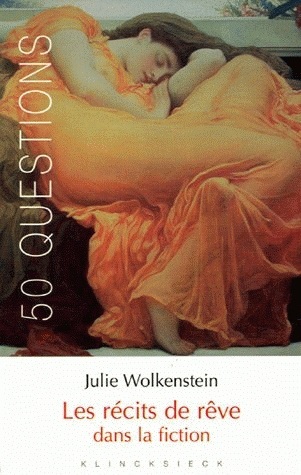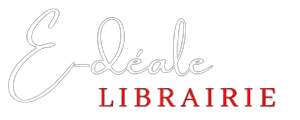Why — and how — can a dream be invented ? What we would never come to mind in reality, fiction writers have long been putting into words. Although they present the same challenges as authentic dream accounts, fictional dream accounts are formulated by a demiurge — the artist — and become an integral part of his or her work.
Studying these dreams first requires not only identifying what connects them to the religious, literary and philosophical framework, but also determining which of their elements have lasting significance. What are the most effective instruments for expressing these diverse experiences, and how do dreams imparted to imaginary characters illustrate the dramatic and aesthetic issues of the work in which they appear ? Are the processes used in developing the fictional dream and the artistic creation comparable ?
From tragedy to novels and from text to images, this work explores the most intriguing examples ranging from Aeschylus to David Lynch, from Racine to Hitchcock, and from Shakespeare to contemporary autofiction.
Julie Wolkenstein is a senior lecturer in comparative literature at Université de Caen. She is also a novelist.




